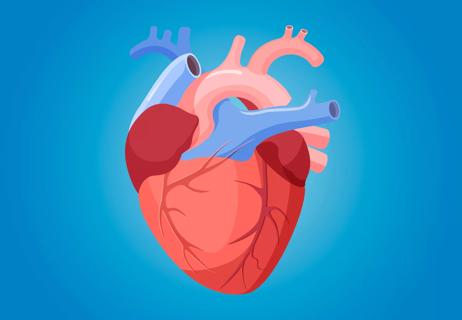Learn how you can reduce your risk

Contributor: Leslie Cho, MD
Advertisement
Cleveland Clinic is a non-profit academic medical center. Advertising on our site helps support our mission. We do not endorse non-Cleveland Clinic products or services. Policy
It’s responsible for 49% of deaths among all females. It kills an average of 400,000 women each year.
You may assume I’m talking about breast cancer. I’m not. I’m talking about heart disease, which kills more women in this country than all forms of cancer combined.
My goal is not to diminish breast cancer awareness, which has helped save and improve the lives of countless women. Instead, my goal is to remind you that heart disease is a major risk for women, too — and that you can do something about it.
There’s a reason family history comes up again and again in discussion. It’s a major tool in personalized healthcare and disease prevention.
When it comes to heart disease, gather as much information about your family as you can. Start with immediate family: parents, grandparents and siblings. Have any of them suffered heart attack or cardiovascular diseases? How old were they when they died, and what was the cause?
The more information you gather, the better you and your doctor can work to minimize your risk. Online tools such as the surgeon general’s My Family Health Portrait offer a great place to start.
Pain or a feeling of pressure in the chest is a common symptom of a heart attack for anyone, male or female. So is pain radiating down the shoulder and arm.
Advertisement
But sometimes these classic symptoms aren’t as pronounced in women as they are in men. So pay special attention to other symptoms, such as severe nausea and sweating, shortness of breath and unusual dizziness or fatigue. If you notice these symptoms — especially if your family history shows you’re at risk — seek treatment immediately. Unfortunately, many women don’t seek help until the damage has already been done to their hearts.
In addition to seeking help right away for acute symptoms, make and keep your regular well-check appointments. Be prepared to discuss your concerns and your family history with your doctor. Besides family history, other risk factors include smoking, diabetes, high blood pressure and high cholesterol.
If you are at risk — as so many women are — your doctor can tailor a plan to help you reduce that risk. That plan can include a healthy weight-loss goal if you have overweight or obesity, an exercise plan and personalized nutrition recommendations for a heart-healthy diet.
Above all else, don’t just assume that heart disease primarily affects men. It’s a major killer for women, but you can take steps to prevent it before it happens.
Advertisement
Learn more about our editorial process.
Advertisement

Knowing what you can do to prevent or manage heart disease is half the battle

Unlock the secret of your body’s hardest-working organ

What you should know about sugar and heart disease

What you should know about genetics, cholesterol, stenting and more

Women are particularly vulnerable to the effects of stress on the heart

Why you should soak with caution if you have a heart condition

What a female cardiologist wants you to know

Type 2 diabetes isn’t inevitable with these dietary changes

Applying a hot or cold compress can help with pain